-
For Businesses
For Businesses
Providing end-to-end clinical research, expertly managed in-house.
Providing end-to-end clinical research, expertly managed in-house.
End-to-End CRO
-
For Participants
 For Participants
For Participants
Take part in research that improves lives and drives scientific
Take part in research that improves lives and drives scientific
-
Blog
Our Blogs
Stay informed with expert insights on health, clinical research, innovation, and industry trends.
Stay informed with expert insights on health, clinical research, innovation, and industry trends.
Business
-
Resources
Resources
Your go-to hub for clinical trial insights. Explore podcasts, publications, videos and more.
Your go-to hub for clinical trial insights. Explore podcasts, publications, videos and more.
For Businesses
For Particpants
Newsletter
Sign up for early study alerts, expert blogs from our clinical team, and more.
Signup Today -
About Us
 About Us
About Us
Answering the call for a trusted research partner.
Answering the call for a trusted research partner.
- Contact Us
